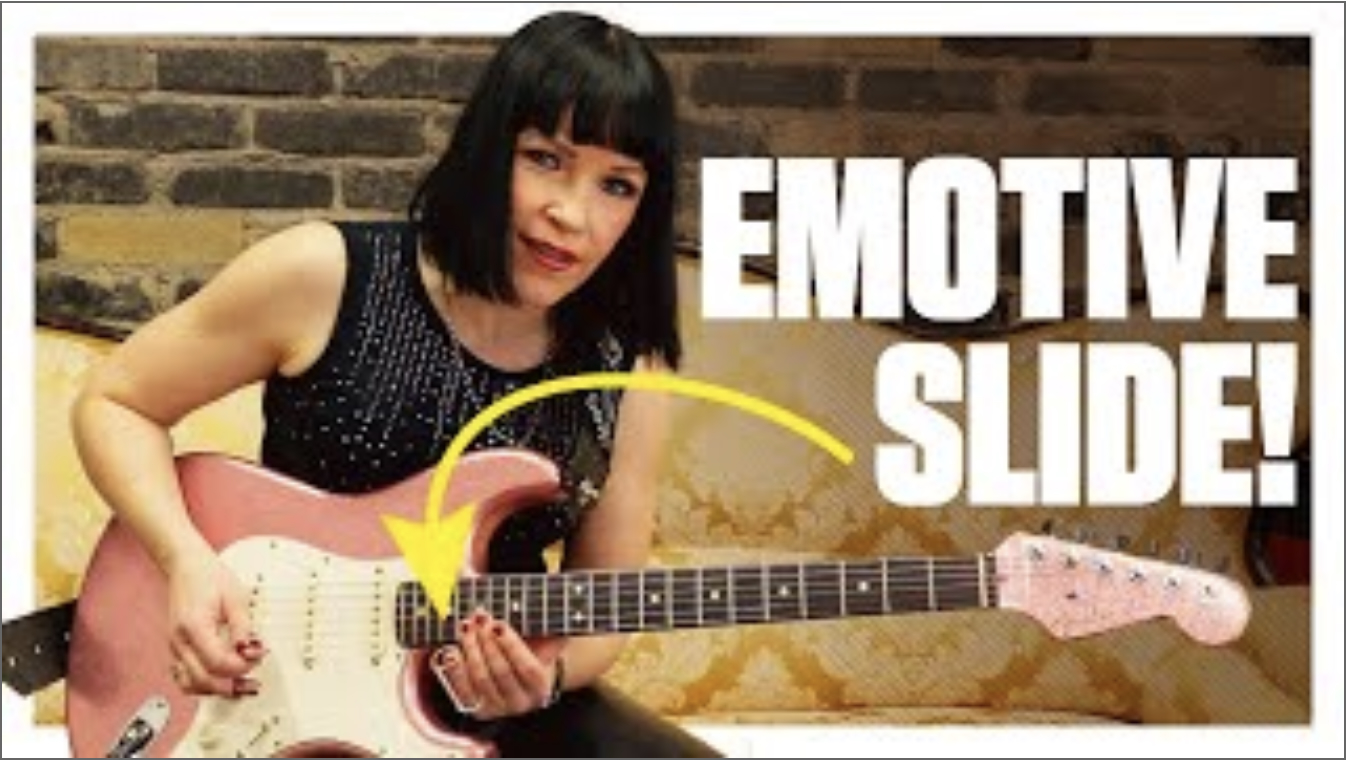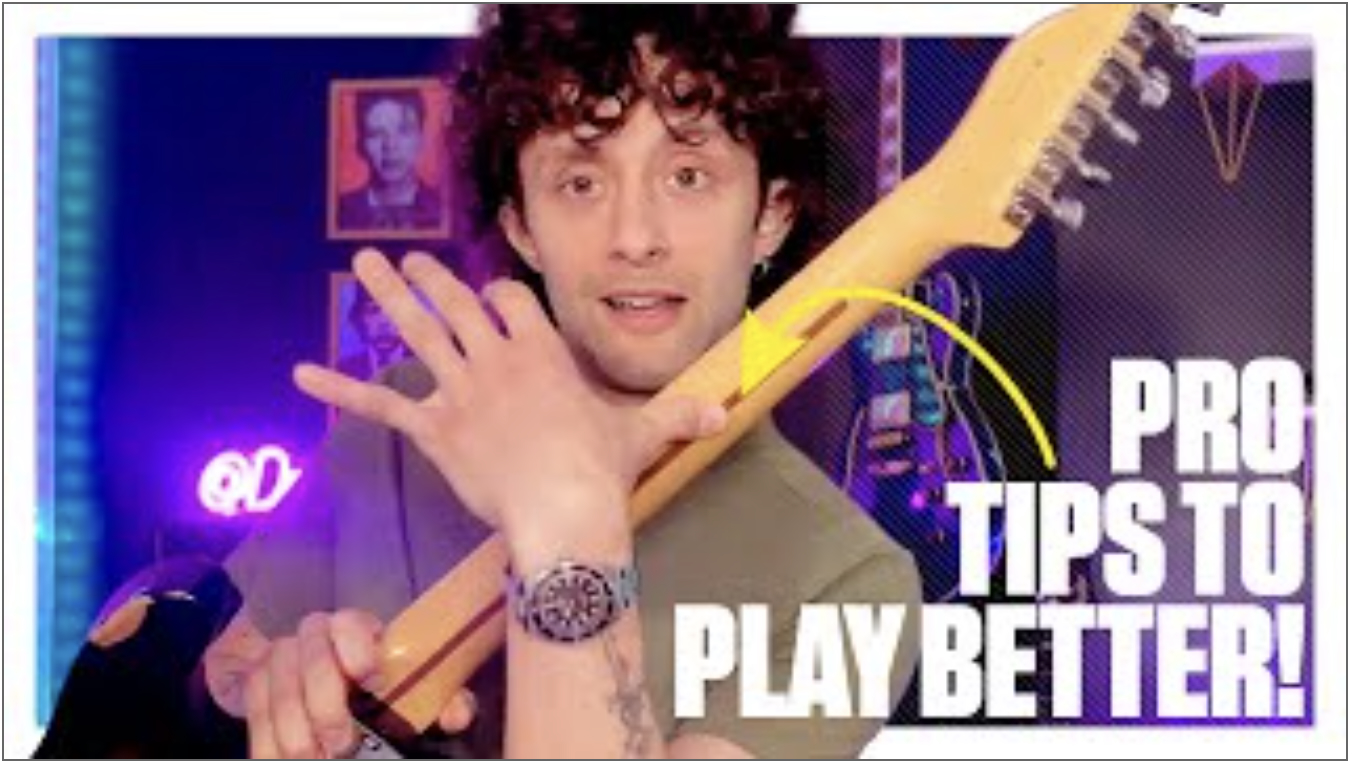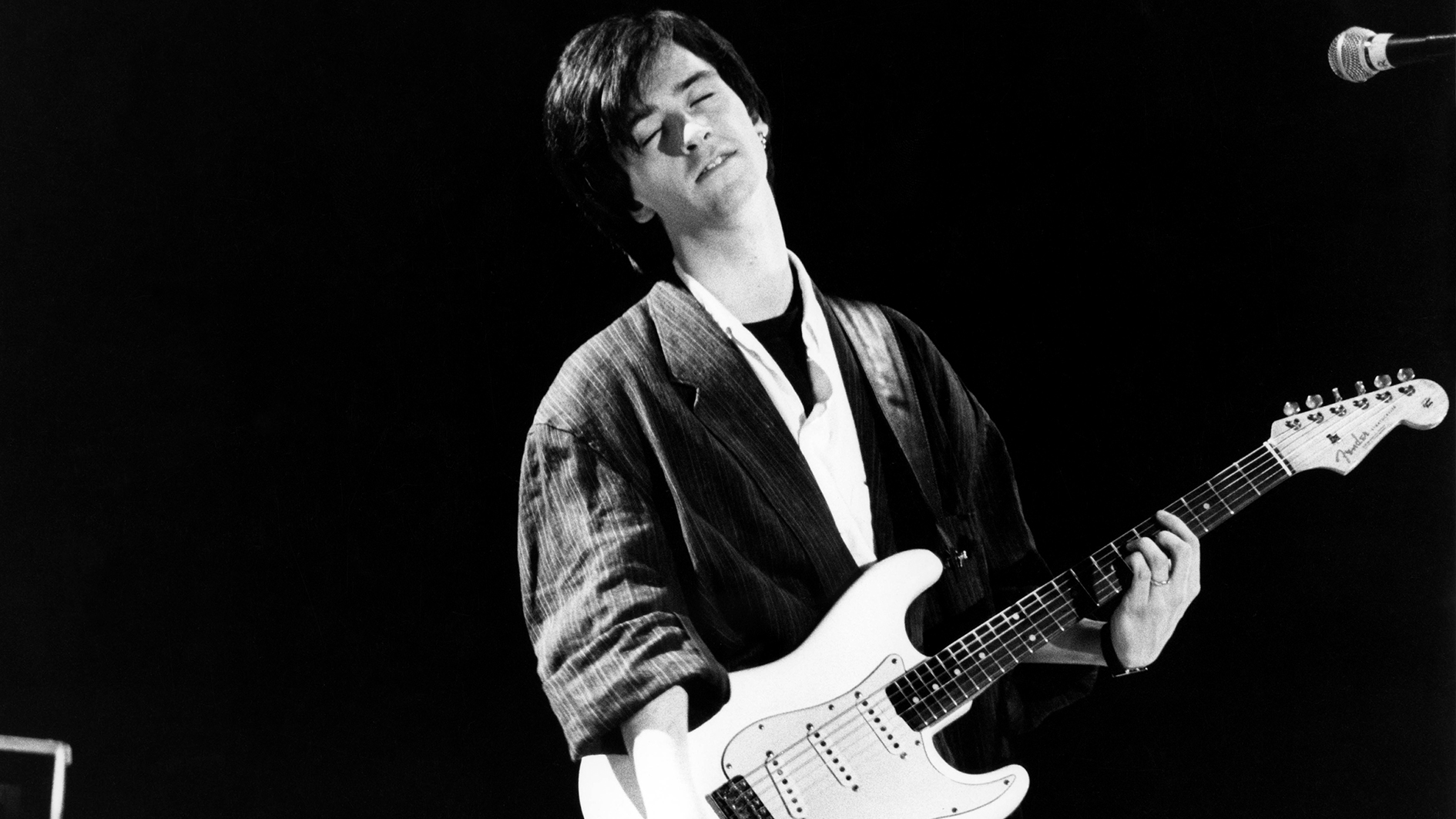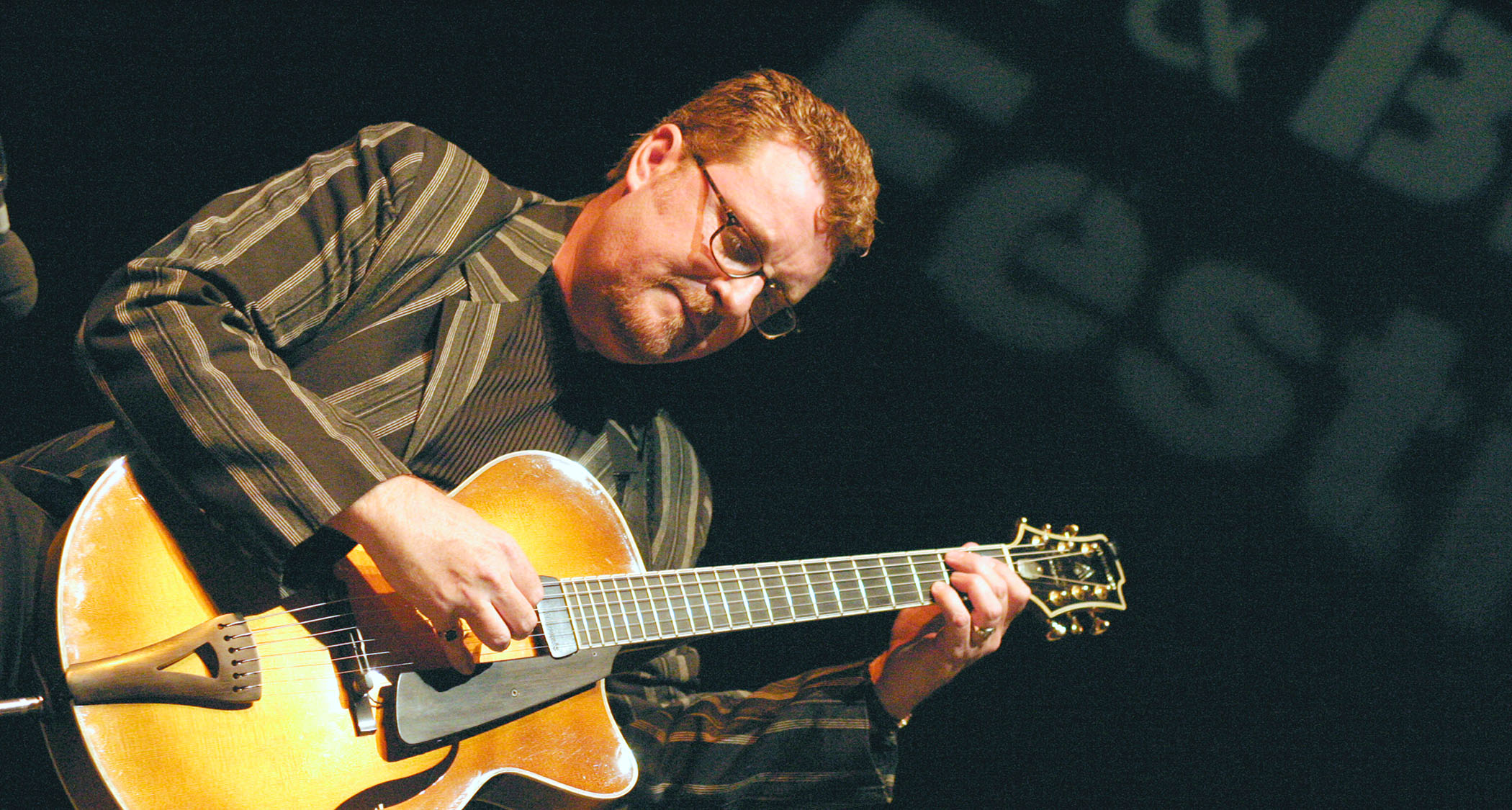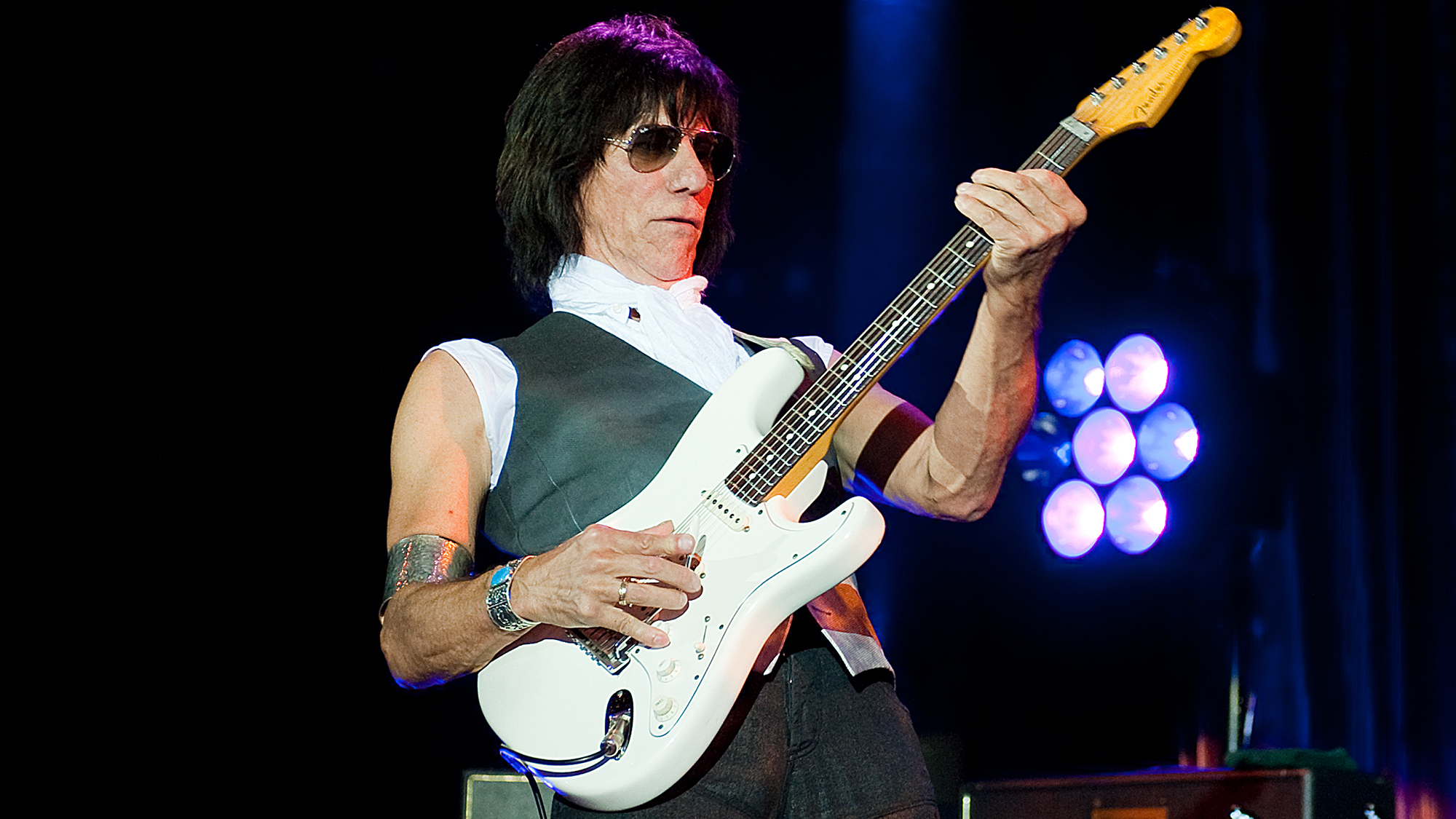Bass chords: shapes that work on bass guitar – and go beyond the power chord
Learning how to play chords on the bass is an absolute must if you want to develop your musicianship

As bass players we naturally have to know our chords, and ideally a fair bit about harmony and chord progressions in general, as we are the ones banging out the root notes! But there are many different ways to play chords on the bass guitar – and they’re not just power chords.
First, let’s recap how we construct chords in a given key. Starting on any note in the key as the root of our chord, we play the next two alternate notes above it in the scale to give us the third and fifth. In G major, starting on G, we get G, B and D to make a G Major chord.
This gives us a triad, which is a three-note chord comprising the root, third and fifth notes of the scale. Let’s begin by looking at the four basic triads: major, minor, augmented and diminished.
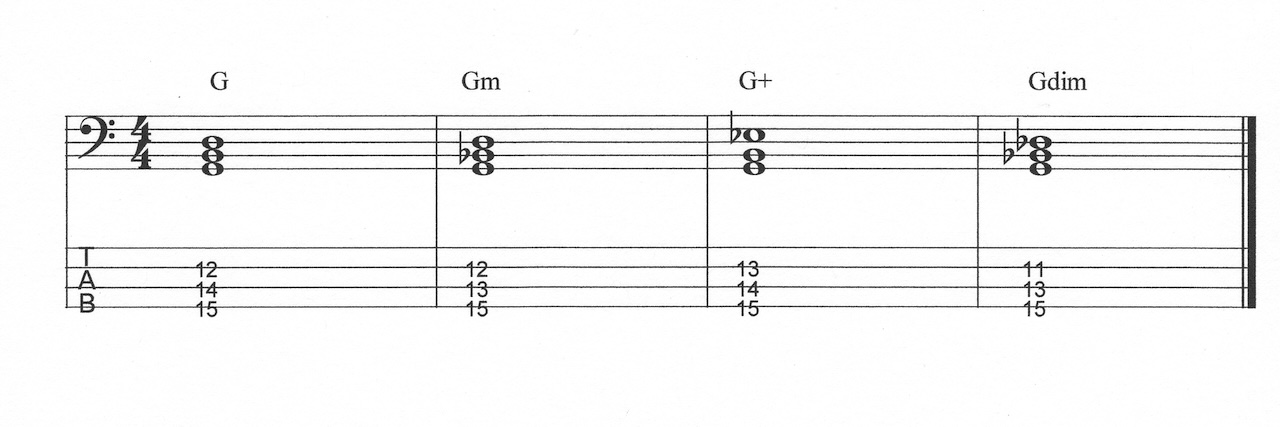
I'm including standard notation here because notes on a page are really useful for seeing interval relationships, far more so than tab. Note that the tab here is quite tricky to play – it’s really only there to show where the notes should be played on the fingerboard, so don’t get too stuck trying to play the chord shapes.
Normally, we’d start by playing the G in the bass, because the root is our first port of call for constructing a bassline – but there are occasions when the music presents an opportunity to use one of the other notes instead of the root.
This device creates what are known as chord inversions. Master songwriters such as Elton John and Paul McCartney use inversions, via bassline substitutions, to enhance their chord progressions. You may be familiar with a little number called Hey Jude from some English band?
To turn any chord into a first inversion, we invert it, as the name suggests. That is, we take the lowest note and move it up an octave, leaving the next lowest note – the third – in the bass.
To play the G major in its first inversion, fret the B with the ring finger (14th fret of the A string) and barre the D and G on the 12th fret of the D and G strings.

There’s a symmetry to how music is written in this way. You can see patterns of intervallic relationships that will help you understand what’s really going on. It also helps to read music on the bass as a series of intervals, rather than having to translate every single note into a position on the fingerboard by name.
Remember that there’s no tempo markings on this exercise. It’s just that, an exercise – so you should start at a really slow tempo to give yourself time to work out exactly what’s going on, before gradually increasing the speed.
Our next exercise shows our four triads played in the second inversion. Second inversion chords will have the fifth of the chord as the lowest note of the chord.

Notice that the augmented chord has exactly the same fingering for each of the inversions, just starting on a different note of the chord.
This means that C augmented, E augmented and G# augmented are interchangeable. Now that we have some of the basic chord forms under our fingers let’s make some music.

The following exercise is based on a common I-VI-IV-V chord progression, which has been the chord progression of countless turnarounds in popular music. A turnaround is a chord progression at the end of a tune that brings it back around to the beginning.
I have used different inversions to create a sense of voice leading, and to make the progression easier to play than trying to play each chord in root position.
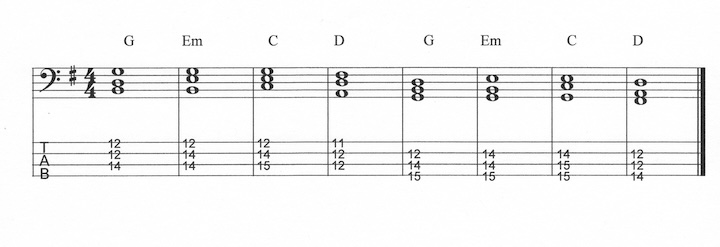
Let's add some interest by playing in a 6/8 feel and playing the chords as arpeggios. Don’t let all the notes intimidate you – it’s still only a chord, just played one note at a time, and holding all the notes for the duration.

Finally, let’s add a pick-up line, and then play the chord as an arpeggio in the first half of each measure and the melody line in the second half.
This is one of those occasions when it’ll really help to get someone else to play the chords for you to hear how the melody works against it.
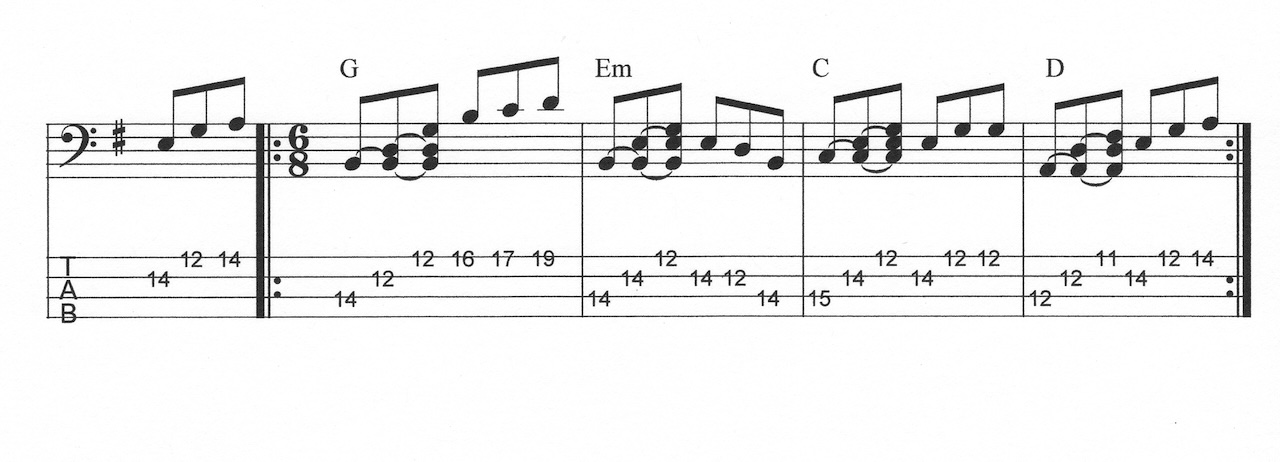
Get The Pick Newsletter
All the latest guitar news, interviews, lessons, reviews, deals and more, direct to your inbox!

Nick Wells was the Editor of Bass Guitar magazine from 2009 to 2011, before making strides into the world of Artist Relations with Sheldon Dingwall and Dingwall Guitars. He's also the producer of bass-centric documentaries, Walking the Changes and Beneath the Bassline, as well as Production Manager and Artist Liaison for ScottsBassLessons. In his free time, you'll find him jumping around his bedroom to Kool & The Gang while hammering the life out of his P-Bass.
You must confirm your public display name before commenting
Please logout and then login again, you will then be prompted to enter your display name.
